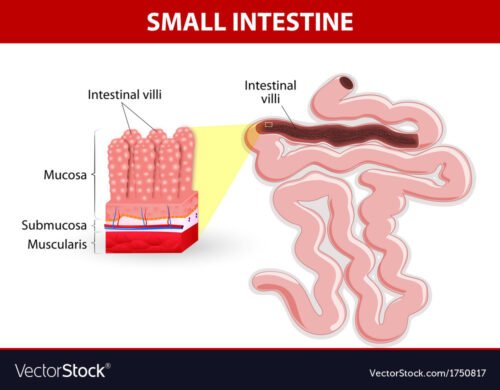The basic substrate of the mucosal drug delivery system is the mucus layer. This layer comprises 95 % water and 0.5 to 5 % glycoproteins and lipids. Other minor constituents of the mucus are mineral salts and free proteins. Let us discuss mucosal drug delivery concepts, limitations, and advantages.
General concepts in Mucosal Drug Delivery:

In terms of its importance, the mucosa’s function is irreplaceable as it serves to lubricate the mucosal layers in the different body cavities and provide chemical resistance and mechanical strength to the underlying region. The lining mucosa is also associated with providing elasticity to the membrane. The attachment of the drug carrier to this layer follows some basic steps that are outlined as follows:
- Wetting and swelling – In this step, the polymer in the bioadhesive agent spreads over the mucosal layer. This is attributed to the polymer’s affinity to water.
- The interpenetration of the bioadhesive polymer – The mucoadhesive polymer chains entangle with the mucosal polymer chains to form adhesive bonds.
- Formation of weak chemical bonds – In this stage, additional secondary chemical interactions occur between the two layers to further stabilize the contact between the two. These interactions include Van der Waals interaction and hydrogen bonding, among others.
Advantages of mucosal drug delivery system:

- It prolongs the residence time of the dosage form at the application site and ensures sustained delivery of drugs at the region.
- It bypasses the hepatic first-pass metabolism and protects the drug from being degraded by the gastrointestinal tract’s pH and digestive enzymes.
- Termination of therapy is possible, and it is suitable for the administration of poorly bioavailable drugs.
- Drug targeting is possible, and a high drug loading capacity is feasible.
- It can use to target local disorders at the mucosal surface to reduce the dose and the side effects.
- Better absorption of high molecular weight drugs such as peptides by using permeation enhancers.
- It can be administered easily, and drugs delivered in this way can easily access different regions of the body.
- Since the mucosal surfaces do not have a stratum corneum, drugs delivered by this system exhibit a faster onset and decline of delivery than that of transdermal patches.
Diadvantages/Limitations:

- It may be unpleasant for use in some patients.
- If the drug carrier’s adherence is too high, then a large amount of force would be needed to remove the formulation after use. This might injure the mucosa.
- The dosage form often suffers from unclear units due to a lack of standardization techniques.
- Expensive and patient acceptability in terms of taste, irritancy, and feel is an issue, especially for oral mucosal drug delivery systems.
- Flushing of the drugs delivered by the oral mucosal drug delivery system may lead to an increased frequency of dosing.
- Non – uniform distribution of the drug may lead to reduced drug effectiveness.


Pingback: Introduction: Mucosal Drug Delivery System > PharmaCampus
Pingback: Transmucosal permeability and Formulations > PharmaCampus